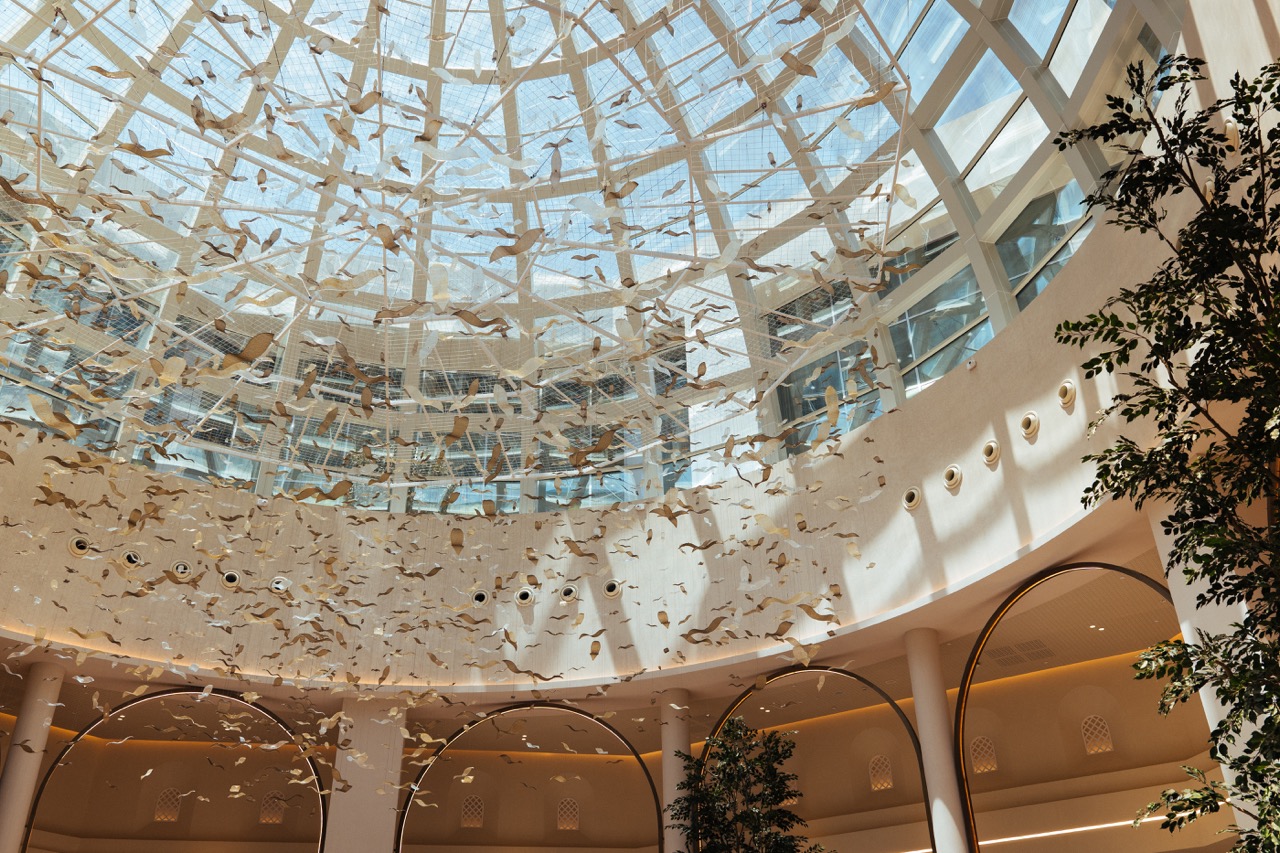When we think of infrastructure, images of towering bridges, tunnels, and roadways often come to mind – utilitarian structures that fade into the background of our daily lives. Historically, the lighting that adorned these infrastructural projects was functional, serving to provide safety and security. However, a shift is underway as designers and urban planners recognize the potential of lighting to transform these overlooked structures into captivating landmarks. The fusion of advanced lighting technology and an emphasis on urban aesthetics is breathing new life into the concept of infrastructure lighting.
Gone are the days when infrastructure lighting was an afterthought. Modern projects are expected to seamlessly blend style and function, and lighting plays a pivotal role in achieving this balance. As a result, bridges, tunnels, overpasses, and transit facilities are no longer confined to the shadows; they emerge as gleaming testaments to the power of design.
One great example of this evolution is the Rotes Rathaus Subway Station Line 5 in Berlin, Germany designed by Licht Kunst Licht AG. The station’s architecture exudes clarity and openness, and its integrated lighting concept is nothing short of revolutionary. The strategic use of downlighting, with a color temperature of 3,000 K, not only illuminates the space but also lends it an air of brilliance and elegance. The station’s design, featuring polished terrazzo tiles and dramatic dark-colored staircases, creates an atmosphere of grandeur that welcomes commuters with a radiant embrace.
Photo Credits Frieder Blickle
In Danzhou City, Hainan Province, the Evergrande Island 1# Bridge by Shangzhu International Lighting Design (Shenzhen) Co., Ltd. presents a different approach to infrastructure lighting. Here, the lighting design is a celebration of nature, mirroring the concept of “bud-blooming-blooming-interweaving.” The result is a bridge that becomes a romantic, ecological landscape, adorned with linear lighting that mimics the ebb and flow of the sea. This unique approach not only enhances the bridge’s aesthetics but also provides a comfortable experience for visitors as they immerse themselves in the colorful tropical garden setting.
Dubai’s Route 2020 Metro Link showcases how lighting can be intricately tied to the very essence of a project. The guiding principles of Earth, Fire, Water, and Air inspired the lighting design for this new metro line with a lighting design by dpa Lighting Consultants. Each station’s illumination carefully balances subtlety and dynamism, creating a unique nocturnal identity. Particularly remarkable is the canopy of the Expo station, where a nuanced and sophisticated lighting approach accentuates the iconic architecture while guiding travelers through the bustling environment.
Photo Credits Phil Handforth Architectural Photography
The Elizabeth Line in London, Europe’s largest new infrastructure project, demonstrates the integration of lighting into the broader design ethos. The Equation Lighting’s multi-disciplinary team behind this endeavor prioritized modernity, minimalism, and functionality. Through the use of indirect lighting and varying color temperatures, the design enhances passenger experiences, promotes wayfinding, and ensures equal accessibility for all.
Photo Credits Morley Von Sternberg
Stockholm’s Citybanan project, completed in 2017, exemplifies this fusion of art and functionality. Connecting T-Centralen with Odenplan, Citybanan not only reshaped commuting but also redefined stations as galleries. In the Odenplan station’s western entrance hallway, “Life Line” dangles, artwork by David Svensson. Fluorescent lights, resembling the jagged lines of a heartbeat, span 400 meters, shedding practical illumination and personal significance. Inspired by the artist’s son’s CTG monitor during childbirth, “Life Line” beautifully merges technology and life’s intimate moments.
In a world where infrastructure is often taken for granted, these projects underscore the transformative power of lighting design. From Berlin to Dubai and London, lighting is no longer just a functional necessity; it’s an artistic expression that redefines our perception of urban landscapes. As technology continues to advance and urban design embraces new possibilities, the future of infrastructure lighting shines brighter than ever before. It’s time to recognize the importance of these illuminated landmarks that shape our cities and enrich our lives.

























